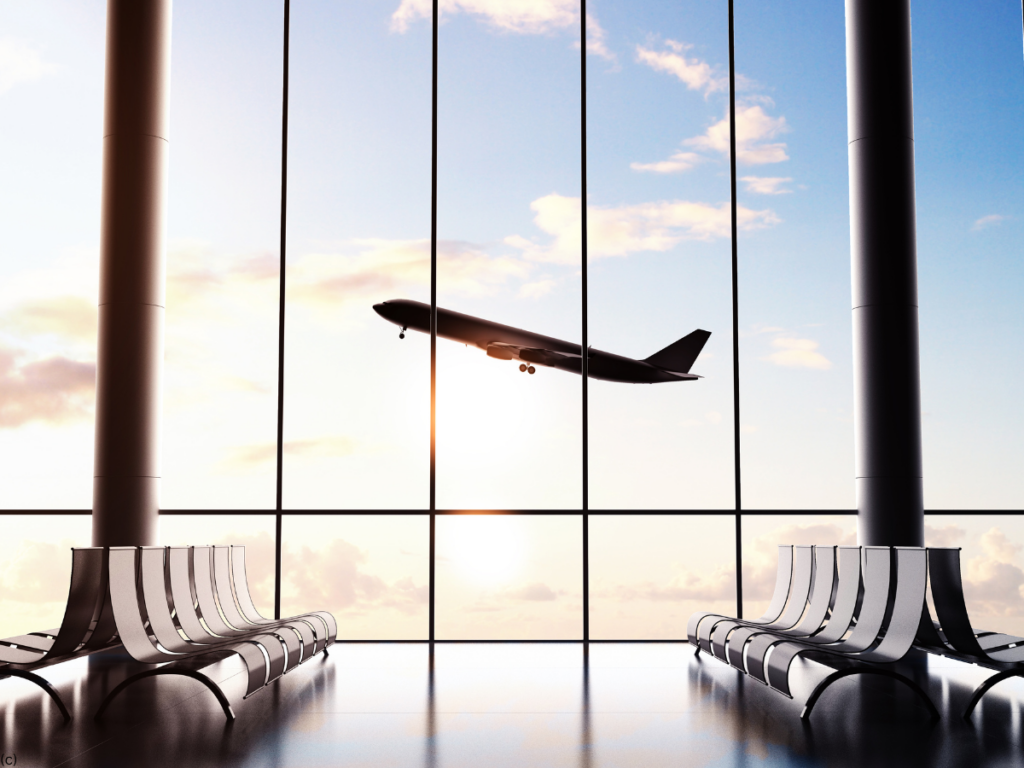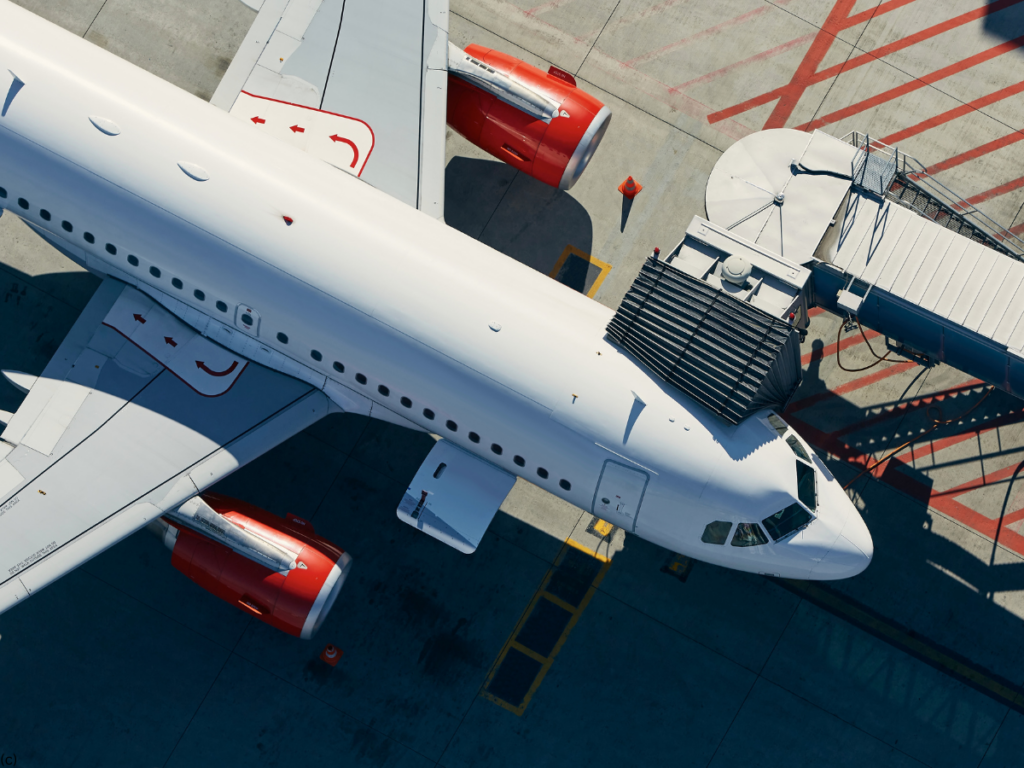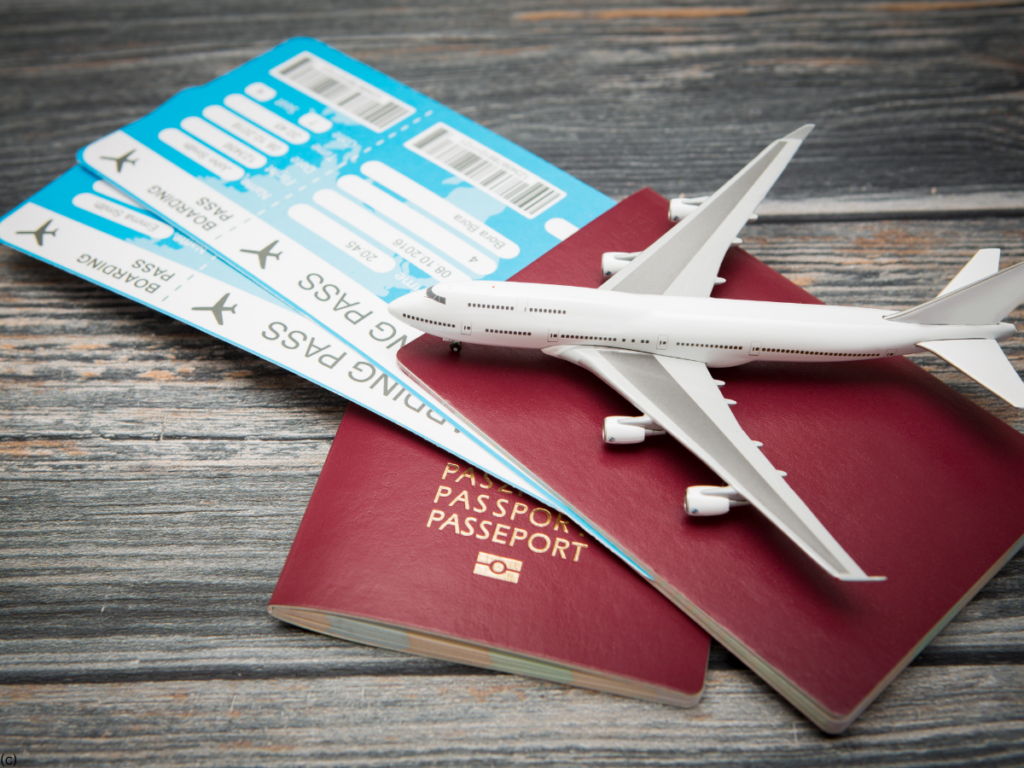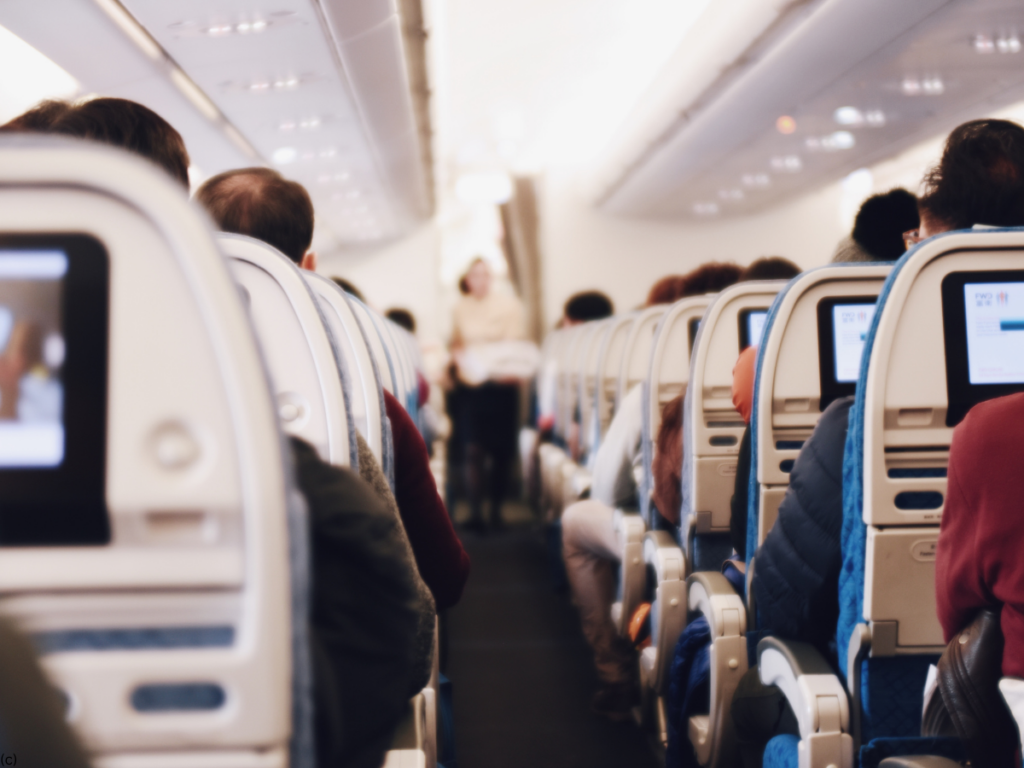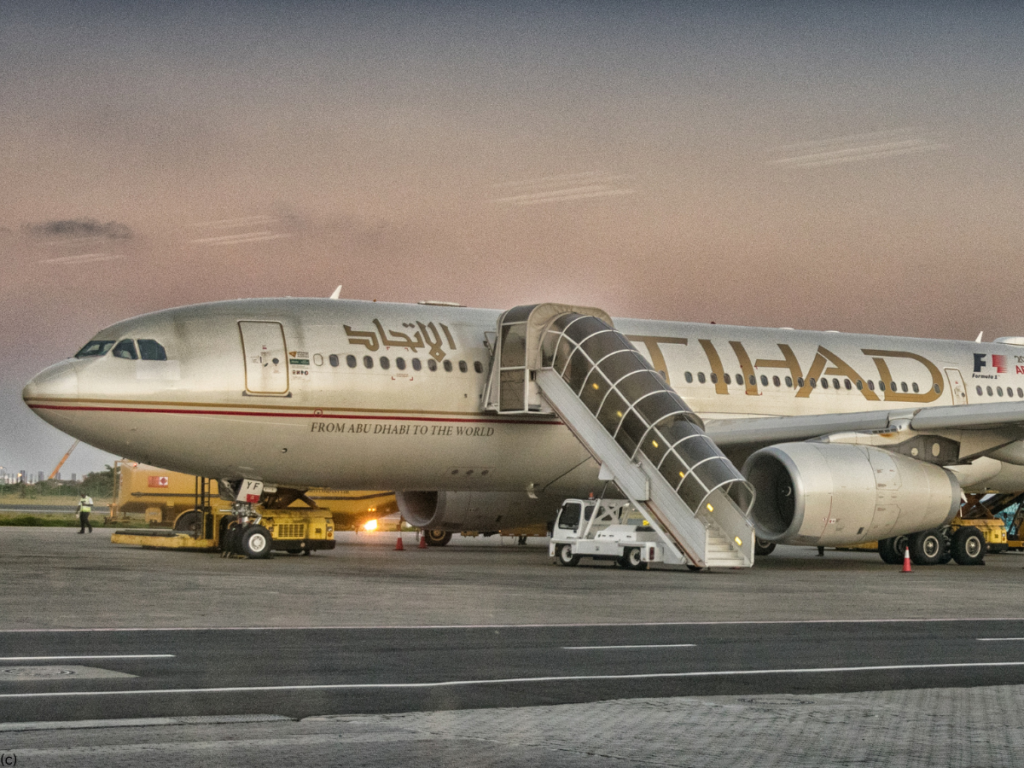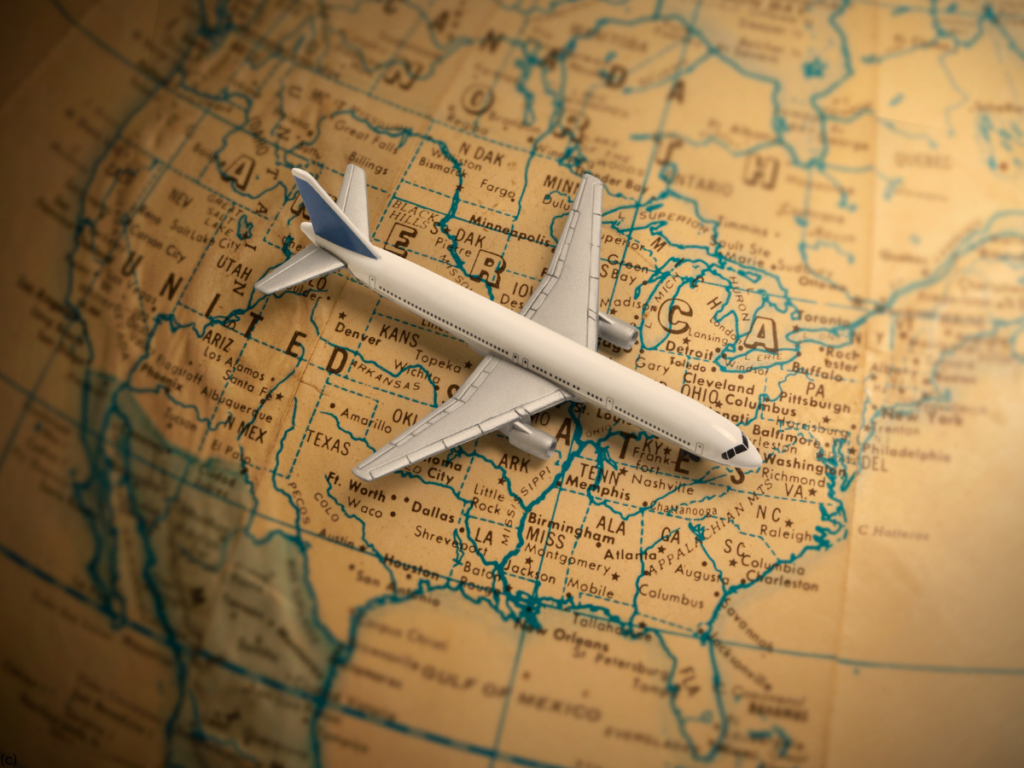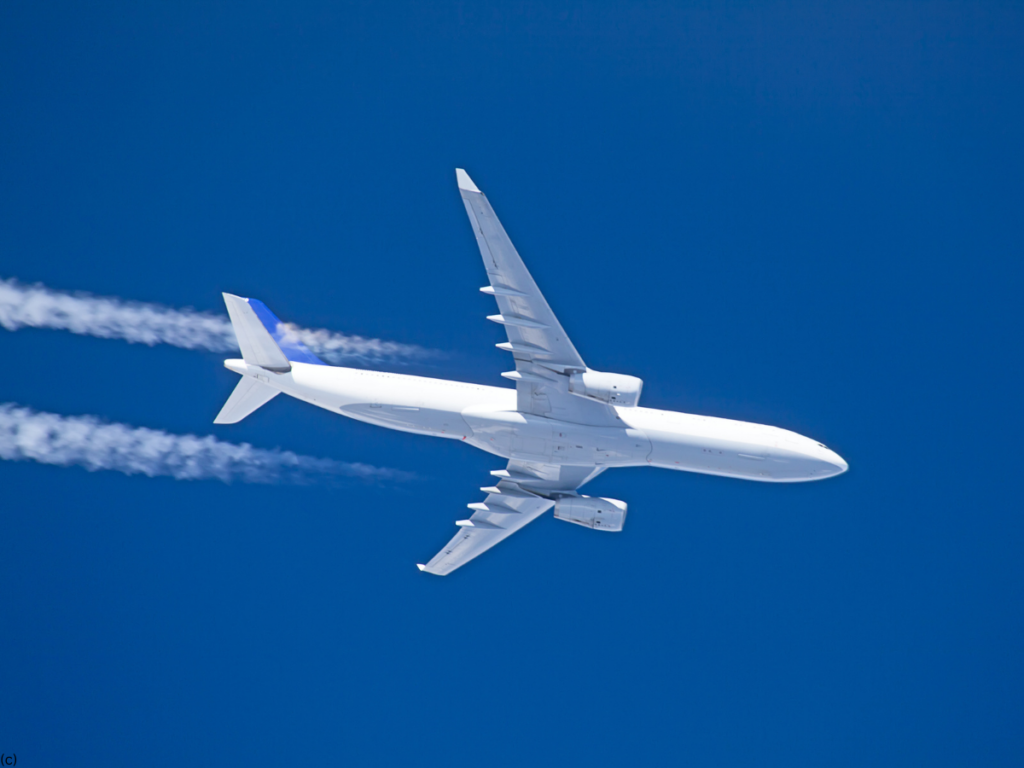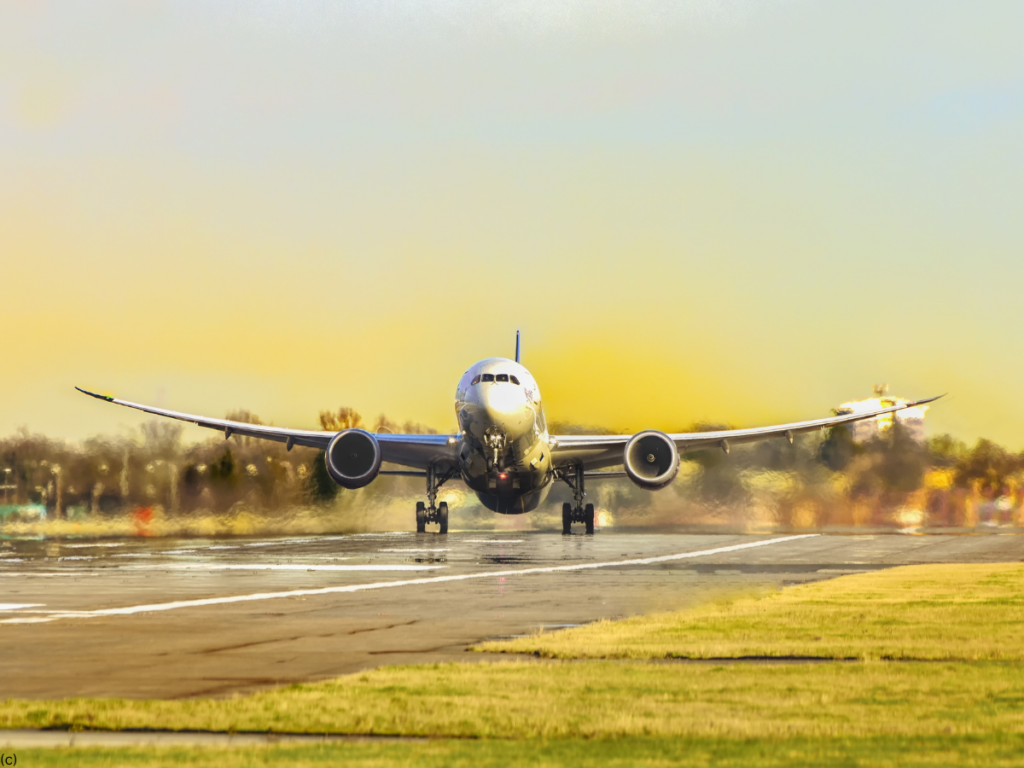
Flying on vacation can be both exciting and stressful. Whether you’re a seasoned traveler or planning your first getaway, navigating airports, managing luggage, and surviving long-haul flights can be challenging. However, with the right preparation and mindset, you can make the flying experience smooth, enjoyable, and even a part of the vacation fun. In this comprehensive guide, we’ll explore the best tips for flying on vacation, from packing efficiently to navigating airport security, staying comfortable during your flight, and much more.
1. Plan and Book Early
The foundation of a stress-free flight begins long before you head to the airport. Early planning and booking can save you money and help you avoid common travel pitfalls.
- Book Flights Early: Airline prices often increase as the departure date approaches. Booking your flight at least 2-3 months in advance can help you secure the best deals. Use fare comparison websites like Google Flights, Skyscanner, or Kayak to monitor prices and set alerts for price drops.
- Choose the Best Flight Times: If possible, opt for flights that depart early in the morning. These flights are less likely to be delayed, and the airport is usually less crowded. Consider the time zones of your destination to minimize jet lag.
- Consider the Best Seats: Once you’ve booked your flight, check the seating plan on SeatGuru to choose the most comfortable seat. If you’re flying economy, aim for seats with extra legroom, and avoid seats near the restroom or in the middle of a row.
- Join Airline Loyalty Programs: If you fly frequently, joining an airline’s loyalty program can provide benefits like priority boarding, free checked bags, and access to airport lounges. Even if you don’t fly often, these programs are usually free to join and can offer occasional perks.
Tip: Booking directly through the airline’s website can sometimes offer better customer service and easier management of your booking in case changes are needed.
2. Pack Smart and Efficiently
Packing can make or break your travel experience. Overpacking or forgetting essential items can lead to unnecessary stress, while smart packing can save you time and hassle.
- Make a Packing List: Before you start packing, create a list of essentials based on your destination, weather, and planned activities. This ensures you don’t forget important items and helps prevent overpacking.
- Use Packing Cubes: Packing cubes help organize your suitcase and maximize space. Group similar items together, such as tops, bottoms, and underwear, to make unpacking easier and keep your luggage tidy.
- Pack Light: Airlines have strict weight limits for checked and carry-on luggage. Avoid overpacking by choosing versatile clothing items that can be mixed and matched. Stick to a neutral color palette and layer your clothing to adapt to different weather conditions.
- Keep Important Items in Your Carry-On: Always pack essentials like your passport, boarding pass, medications, phone charger, and a change of clothes in your carry-on. This ensures you’re prepared in case your checked luggage is delayed or lost.
- Know the TSA Regulations: Familiarize yourself with the Transportation Security Administration (TSA) regulations for carry-on items. Liquids must be in containers of 3.4 ounces or less and fit into a quart-sized bag. Sharp objects and certain electronics may need to be checked.
Tip: If you’re traveling with gifts, avoid wrapping them before your flight. Security may need to inspect wrapped items, which could result in them being unwrapped.
3. Prepare for the Airport
Navigating the airport can be a daunting part of flying, especially during peak travel times. Preparation is key to making this process as smooth as possible.
- Check-In Online: Most airlines allow you to check in online 24-48 hours before your flight. This not only saves time at the airport but also increases your chances of securing your preferred seat. You can also print your boarding pass or download it to your phone.
- Arrive Early: For domestic flights, aim to arrive at the airport at least 2 hours before departure, and for international flights, 3 hours early is recommended. This gives you ample time to check your luggage, go through security, and find your gate.
- Organize Your Documents: Keep your passport, boarding pass, and any other important documents easily accessible. A travel document organizer can help keep everything in one place and reduce the stress of searching through your bags.
- Understand Baggage Policies: Before heading to the airport, review your airline’s baggage policies, including size and weight limits for both checked and carry-on luggage. Knowing these rules can save you from surprise fees at the airport.
- Dress Comfortably and Practically: Wear comfortable clothing and shoes that are easy to remove during security checks. Layering is a good idea since airports and airplanes can vary in temperature. Also, consider wearing slip-on shoes to make going through security easier.
Tip: Use apps like MyTSA to check security wait times, airport status, and other important information in real-time.
4. Navigate Airport Security Smoothly
Airport security is a necessary part of flying, but it doesn’t have to be a stressful experience. With a few simple steps, you can get through security quickly and efficiently.
- Be Ready for the Screening Process: As you approach the security checkpoint, have your boarding pass and ID ready. Remove any items from your pockets and place them in your carry-on before going through the metal detector. Be prepared to remove your shoes, belt, and jacket.
- Follow the 3-1-1 Rule: For carry-on luggage, follow the TSA’s 3-1-1 rule for liquids: containers must be 3.4 ounces or less, all liquids must fit in a 1-quart clear plastic bag, and you’re allowed 1 bag per passenger. Place this bag in an easily accessible part of your carry-on for quick removal during screening.
- Use TSA PreCheck or Global Entry: If you travel frequently, consider enrolling in TSA PreCheck or Global Entry. These programs allow you to use expedited security lanes, where you don’t have to remove shoes, laptops, or liquids from your bags. Global Entry also provides expedited customs processing when returning to the U.S. from international trips.
- Keep Electronics Accessible: Laptops, tablets, and other large electronics must be removed from your bag and placed in a separate bin for screening. Keep these items in an easily accessible part of your carry-on to speed up the process.
Tip: If you’re traveling with children or have medical conditions that require special consideration, inform the TSA officers. They are trained to accommodate travelers with special needs.
5. Make the Most of Your Time at the Airport
Once you’re through security, you may have some time before your flight boards. Use this time wisely to prepare for your journey and relax before the flight.
- Explore Airport Amenities: Many airports offer a range of amenities, including shops, restaurants, and lounges. Take some time to explore, grab a bite to eat, or pick up any last-minute items you may need for your trip.
- Use an Airport Lounge: If you have access to an airport lounge, take advantage of the comfortable seating, free Wi-Fi, and complimentary snacks and drinks. Lounges provide a quiet space to relax, work, or freshen up before your flight.
- Stay Hydrated and Eat Light: Airports can be dehydrating, so drink plenty of water before your flight. Avoid heavy meals or alcohol, as these can cause discomfort during your flight. Opt for light, healthy snacks like fruits, nuts, or yogurt.
- Charge Your Devices: Ensure all your devices are fully charged before boarding the plane. Many airports have charging stations or outlets available near the gates. Bring a portable charger in case you need to recharge during your flight.
- Board Early if Needed: If you have a lot of carry-on luggage or need extra time to settle in, consider boarding as soon as your group is called. This gives you more time to store your bags and get comfortable before the flight fills up.
Tip: Download entertainment like movies, books, or podcasts to your devices before you get on the plane, especially if your flight doesn’t offer in-flight Wi-Fi or entertainment options.
6. Stay Comfortable During Your Flight
Whether you’re flying a short domestic flight or a long international one, comfort is key to making the journey more pleasant.
- Dress in Layers: Airplanes can be unpredictable when it comes to temperature. Dressing in layers allows you to adjust to changes in temperature during the flight. Bring a light sweater or scarf that can double as a blanket if needed.
- Use Travel Accessories: Bring a neck pillow, eye mask, and earplugs or noise-canceling headphones to make sleeping on the plane easier. A travel blanket or an inflatable footrest can also make long flights more comfortable.
- Stay Hydrated: Airplane cabins are notoriously dry, which can lead to dehydration. Drink plenty of water during your flight and avoid excessive caffeine or alcohol, which can dehydrate you further.
- Move Around: On long flights, it’s important to move around to prevent stiffness and reduce the risk of deep vein thrombosis (DVT). Get up and walk around the cabin every couple of hours, and do some in-seat exercises like ankle circles and stretches.
- Sanitize Your Space: Airplanes can harbor germs, so bring hand sanitizer and disinfecting wipes. Wipe down your tray table, armrests, and seatbelt before settling in. This not only keeps your area clean but can also help prevent illness.
- In-Flight Entertainment: Most airlines offer in-flight entertainment, but it’s always a good idea to bring your own. Load up your tablet or smartphone with movies, TV shows, or books. Noise-canceling headphones can enhance your experience by blocking out background noise.
Tip: If you’re prone to motion sickness, consider taking medication or wearing acupressure wristbands. Choose a seat over the wings, where there’s less turbulence, and focus on the horizon if you feel queasy.
7. Dealing with Delays and Cancellations
Flight delays and cancellations are sometimes unavoidable, but knowing how to handle them can save you a lot of frustration.
- Know Your Rights: Familiarize yourself with your airline’s policies on delays and cancellations. In some cases, you may be entitled to compensation, meal vouchers, or hotel accommodations. If you’re flying within the European Union or on an EU airline, you have additional rights under EU regulation 261/2004.
- Stay Updated: Sign up for flight status alerts from your airline and check the airport’s website or app for updates. If your flight is delayed or canceled, you’ll be among the first to know and can quickly make alternative arrangements.
- Be Proactive: If your flight is canceled, act quickly to rebook. You can often do this through the airline’s app or by calling customer service. If the delay is significant, consider other travel options, such as booking a flight with a different airline or taking a train or bus to your destination.
- Pack Essentials in Your Carry-On: If your checked luggage is delayed or you’re stuck at the airport overnight, having essentials in your carry-on can make a big difference. Pack items like toiletries, a change of clothes, and any necessary medications.
- Stay Calm and Polite: Dealing with flight disruptions can be stressful, but staying calm and polite can help you get better service from airline staff. Remember, they’re dealing with a lot of frustrated passengers and will appreciate your patience.
Tip: Consider travel insurance that covers trip interruptions, cancellations, and other unforeseen events. It can provide peace of mind and financial protection if things don’t go as planned.
8. Adjusting to Jet Lag
Jet lag can put a damper on the start of your vacation, but there are ways to minimize its effects and adjust more quickly to a new time zone.
- Start Adjusting Early: A few days before your flight, start shifting your sleep schedule to match the time zone of your destination. Go to bed and wake up an hour earlier or later each day, depending on the direction you’re traveling.
- Stay Hydrated: Dehydration can worsen jet lag, so drink plenty of water before, during, and after your flight. Avoid alcohol and caffeine, as they can disrupt your sleep patterns.
- Get Plenty of Sunlight: Exposure to natural light helps regulate your body’s internal clock. Spend time outdoors during the day at your destination, especially in the morning, to help your body adjust to the new time zone.
- Take Short Naps: If you’re feeling fatigued, take short naps (no longer than 20-30 minutes) to recharge without throwing off your sleep schedule. Try to stay awake until a reasonable bedtime in your new time zone.
- Use Sleep Aids Cautiously: If you have trouble sleeping on the plane or adjusting to a new time zone, consider using a sleep aid like melatonin. However, consult your doctor before taking any sleep aids, especially if you’re traveling across multiple time zones.
Tip: If you’re traveling east (where jet lag is usually worse), try to sleep on the plane and eat a light meal that’s high in protein and low in carbohydrates to promote alertness.
Flying on vacation doesn’t have to be a stressful experience. With the right preparation, you can navigate the airport with ease, stay comfortable during your flight, and arrive at your destination ready to enjoy your vacation. From packing smartly and choosing the best seats to staying hydrated and dealing with delays, these tips are designed to make your flying experience as smooth and enjoyable as possible. By following this guide, you’ll be well-equipped to handle any challenges that come your way, allowing you to focus on the excitement and adventure of your journey. Safe travels!
